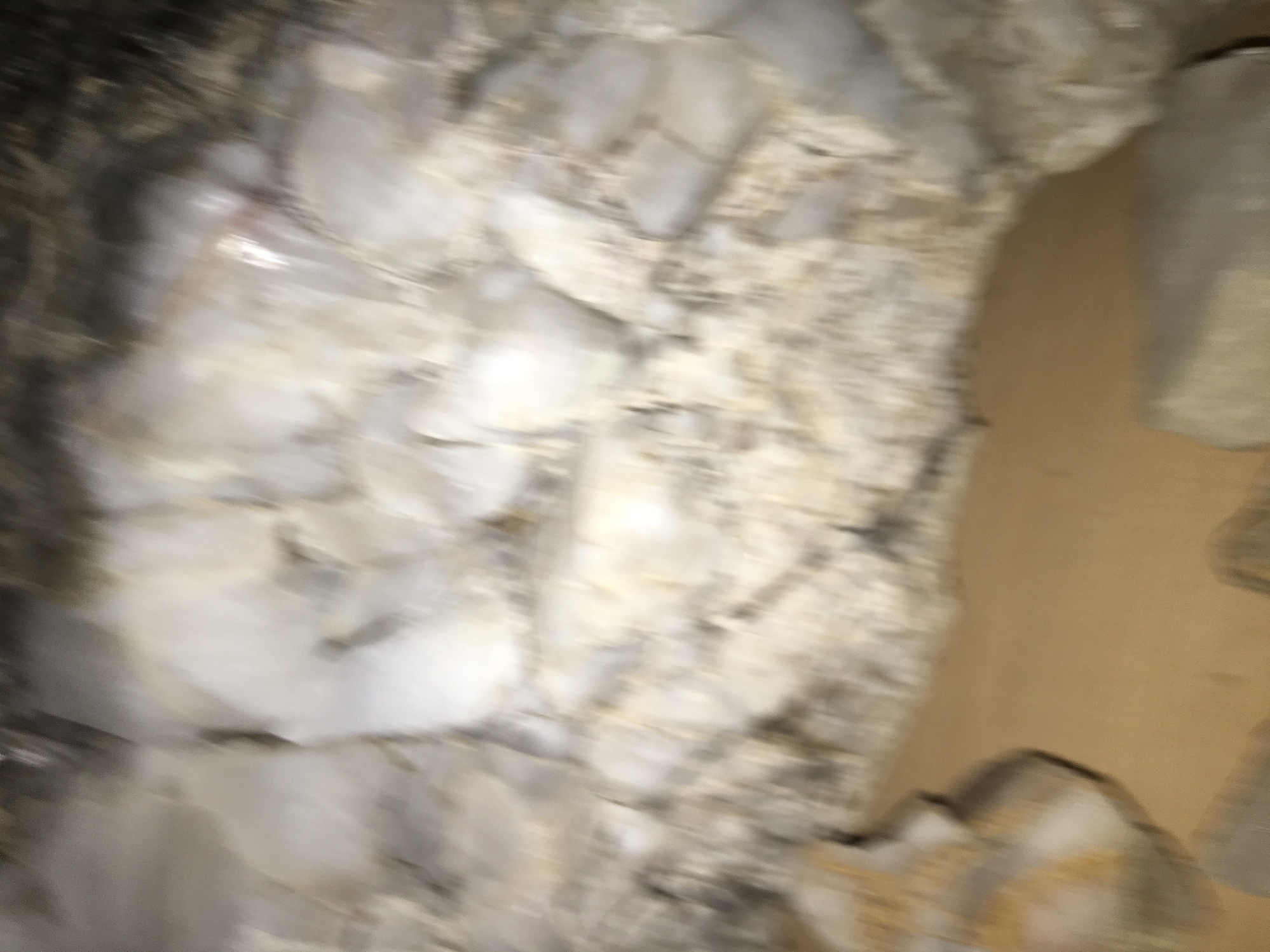Home PageAbout MindatThe Mindat ManualHistory of MindatCopyright StatusWho We AreContact UsAdvertise on Mindat
Donate to MindatCorporate SponsorshipSponsor a PageSponsored PagesMindat AdvertisersAdvertise on Mindat
Learning CenterWhat is a mineral?The most common minerals on earthInformation for EducatorsMindat ArticlesThe ElementsThe Rock H. Currier Digital LibraryGeologic Time
Minerals by PropertiesMinerals by ChemistryAdvanced Locality SearchRandom MineralRandom LocalitySearch by minIDLocalities Near MeSearch ArticlesSearch GlossaryMore Search Options
The Mindat ManualAdd a New PhotoRate PhotosLocality Edit ReportCoordinate Completion ReportAdd Glossary Item
Mining CompaniesStatisticsUsersMineral MuseumsClubs & OrganizationsMineral Shows & EventsThe Mindat DirectoryDevice SettingsThe Mineral Quiz
Photo SearchPhoto GalleriesSearch by ColorNew Photos TodayNew Photos YesterdayMembers' Photo GalleriesPast Photo of the Day GalleryPhotography
╳Discussions
💬 Home🔎 Search📅 LatestGroups
EducationOpen discussion area.Fakes & FraudsOpen discussion area.Field CollectingOpen discussion area.FossilsOpen discussion area.Gems and GemologyOpen discussion area.GeneralOpen discussion area.How to ContributeOpen discussion area.Identity HelpOpen discussion area.Improving Mindat.orgOpen discussion area.LocalitiesOpen discussion area.Lost and Stolen SpecimensOpen discussion area.MarketplaceOpen discussion area.MeteoritesOpen discussion area.Mindat ProductsOpen discussion area.Mineral ExchangesOpen discussion area.Mineral PhotographyOpen discussion area.Mineral ShowsOpen discussion area.Mineralogical ClassificationOpen discussion area.Mineralogy CourseOpen discussion area.MineralsOpen discussion area.Minerals and MuseumsOpen discussion area.PhotosOpen discussion area.Techniques for CollectorsOpen discussion area.The Rock H. Currier Digital LibraryOpen discussion area.UV MineralsOpen discussion area.Recent Images in Discussions
UV Mineralsflorescent calcite
3rd May 2017 19:04 UTCJennifer Cindrich

3rd May 2017 20:55 UTCAlexander Ringel
3rd May 2017 23:28 UTCJennifer Cindrich
4th May 2017 01:43 UTCPaul Brandes 🌟 Manager
-------------------------------------------------------
> what if it has four different colors?
Calcite can come in a large range of fluorescent colours, it all depends on what activator(s) (impurities) are in it.
Also, it may not be all calcite. There are plenty of things in the Hill Country that fluoresce and could be mixed with the calcite.

4th May 2017 02:01 UTCAlexander Ringel

4th May 2017 03:36 UTCWayne Corwin
4th May 2017 12:29 UTCJennifer Cindrich

4th May 2017 12:39 UTCAlexander Ringel
4th May 2017 13:15 UTCJennifer Cindrich
4th May 2017 14:04 UTCPaul Brandes 🌟 Manager
I believe that's where we're going with this....
4th May 2017 14:25 UTCJennifer Cindrich

4th May 2017 16:00 UTCBob Harman
To help ID your specimen, put several drops of HCl on several areas of the example, including the area where I am concerned. If there is no fizzing, then your example, in that area, would neither be calcite nor aragonite. CHEERS......BOB
5th May 2017 13:17 UTCJennifer Cindrich
and yes, I acid washed the whole thing.
I like the ''look'.
19th May 2017 14:01 UTCJoel Dyer
I had a look at one of your samples today (Sample2 Site3). In the circled area of one piece, there were minute, bright-red spots that were highly fluorescent (orange-red) and extremely luminescent under 532nm laser, even though I cut the power down to 25% of max.
The bright spots quickly dissolved in water, and the colour looked unnatural, so it looks like that might have been some synthetic contamination. The integration (=exposure) times in both photos are very short & longer exposures did not produce a decent ID spectrum for the possible contamination.
But, another piece I broke of from the same sample had pronounced bluish fluorescence (shown in the photo) and strong blue-white phosporescence that last about 7 seconds afer turning off the UV lamp.
Clearly, both pieces are calcite, but this is the first calcite I've handled that was phosphorescent. I don't know how many localities have phosporescent calcite, so don't know how common the phenomenum in calcite is.
Cheers,
Joel

19th May 2017 22:27 UTCEmil Box
Terlingua, Texas
Miami, Florida
Lovington, Deming, New Mexico
St. Andreasberg, Germany
Agrigento, Sicily
Lieber: Iberg, Winterberg, Germany. Green fluorescing calcite often phosphoresce.
Milo
20th May 2017 12:12 UTCJennifer Cindrich
I thank you for your hard work in confirming that the calcite piece is indeed calcite and the phosphorescence that it has.
It is very exciting to me to finally get confirmation on my find in my yard. I will keep digging and see what else I can find, as the color in the pieces I recover keep getting brighter yet!
Cheers,
Jennifer

20th May 2017 13:49 UTCEd Clopton 🌟 Expert

20th May 2017 23:04 UTCWayne Corwin
How deep have you dug so far?
21st May 2017 11:59 UTCJennifer Cindrich
About one foot- to a foot 1/2 deep.
Jennifer

21st May 2017 18:24 UTCEmil Box
Green (greenish) fluorescent calcite that phosphoresce:
Rauris, Austria
Nuxis, Sardegna, Italy
Brandberg, Namibia
Lavrio, Greece (red fluorescing don't phosphoresce)
Dornap, Germany
Hagen-Halden, Germany
Orange fluorescing with phosphorescence:
Hildfeld, Germany
Gleason (1960):
Zins sulfide made phosphorescent with a trace of copper.
Dye solutions made phosphorescent with gelatin.
Milo




Mindat.org is an outreach project of the Hudson Institute of Mineralogy, a 501(c)(3) not-for-profit organization.
Copyright © mindat.org and the Hudson Institute of Mineralogy 1993-2024, except where stated. Most political location boundaries are © OpenStreetMap contributors. Mindat.org relies on the contributions of thousands of members and supporters. Founded in 2000 by Jolyon Ralph.
Privacy Policy - Terms & Conditions - Contact Us / DMCA issues - Report a bug/vulnerability Current server date and time: April 24, 2024 16:19:10
Copyright © mindat.org and the Hudson Institute of Mineralogy 1993-2024, except where stated. Most political location boundaries are © OpenStreetMap contributors. Mindat.org relies on the contributions of thousands of members and supporters. Founded in 2000 by Jolyon Ralph.
Privacy Policy - Terms & Conditions - Contact Us / DMCA issues - Report a bug/vulnerability Current server date and time: April 24, 2024 16:19:10


















